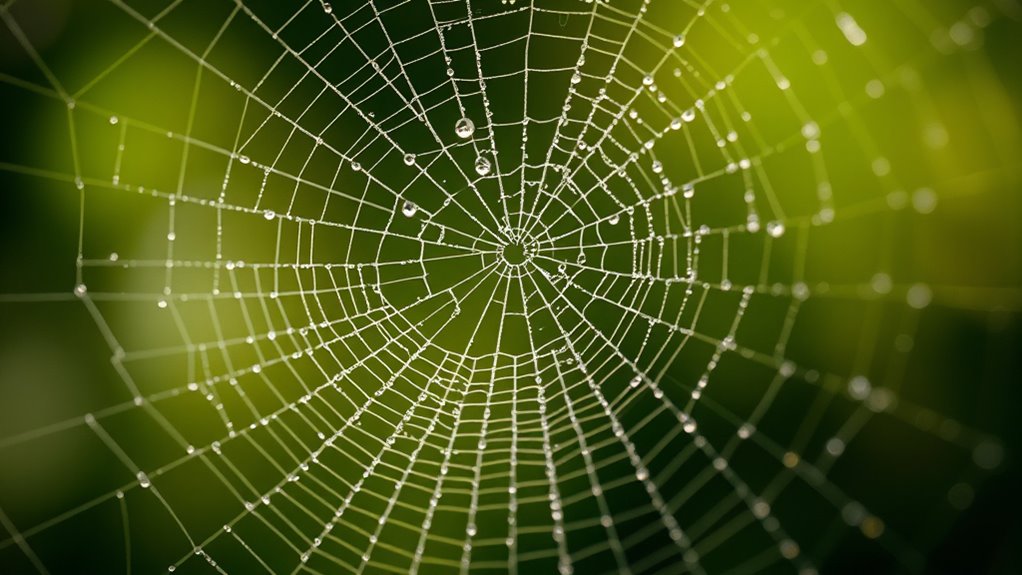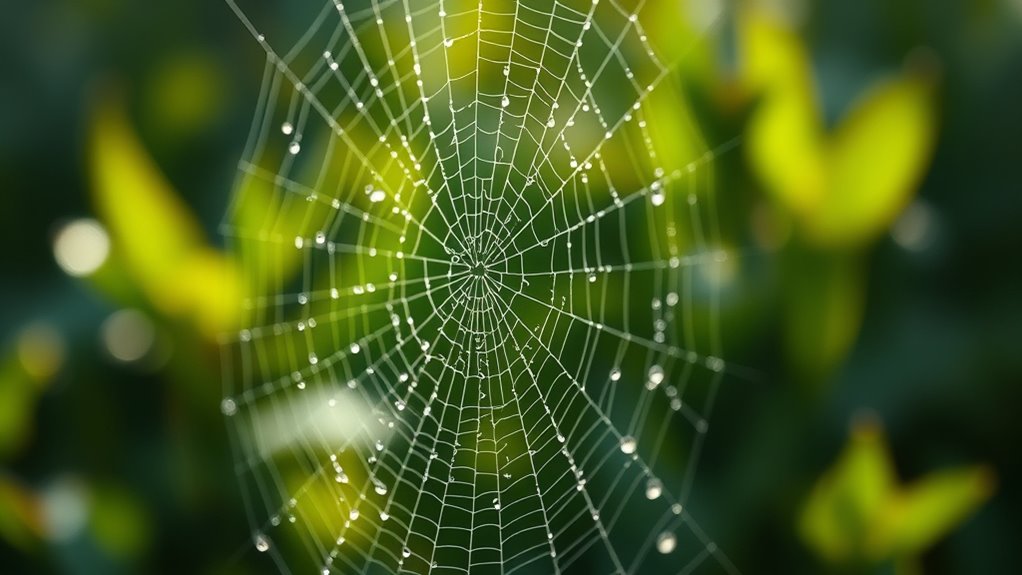Sharpness in photos means how clear and detailed they look, while noise appears as grainy spots or color specks, especially in dark areas. Usually, increasing sharpness can make noise more noticeable, but lowering noise might soften details. Finding the right balance means adjusting settings and using editing tools carefully. If you keep exploring, you’ll discover simple ways to improve your photos without sacrificing clarity or introducing unwanted grain.
Key Takeaways
- Sharpness shows how clear and detailed an image appears, while noise looks like grain or speckles that reduce clarity.
- Increasing ISO or using long exposures can boost noise, making images grainy and less sharp.
- Sharp images highlight textures and edges, but too much sharpening can exaggerate noise and lens distortions.
- Noise reduction smooths out grain but may also soften fine details, affecting overall sharpness.
- Balancing sharpness and noise involves using proper settings, such as low ISO, stabilization, and careful post-processing.
What Does Sharpness Really Mean in Photos?

Sharpness in photos refers to how clearly details are rendered and how sharply objects are defined within the image. When your photo is sharp, you see fine textures, edges, and small details without fuzziness. Lens distortion can affect sharpness by warping lines or blurring parts of the image, making it less clear. Additionally, high color accuracy contributes to perceived sharpness, as true, vibrant colors help your eyes distinguish edges and textures more easily. If your lens introduces distortion or if the focus isn’t precise, your image won’t appear sharp, even if it’s technically well-exposed. Ultimately, sharpness is about the overall clarity and detail, which relies on both your lens quality and accurate color reproduction. These factors work together to make your photos crisp and visually appealing. Using AI-driven data analytics, photographers can analyze images to better understand how various factors impact sharpness and make informed adjustments.
How Noise Shows Up in Your Images

While sharpness relates to the clarity of fine details, noise introduces a different kind of distraction that can undermine your image quality. Noise appears as grainy specks or color specks, especially in darker areas or uniform backgrounds. Larger sensor sizes generally produce cleaner images, even at higher ISO settings, because they gather more light. When you increase ISO, noise becomes more noticeable, often manifesting as speckles or color distortions. The table below shows how sensor size and ISO settings influence noise appearance:
| Sensor Size | ISO Setting | Noise Level |
|---|---|---|
| Full-frame | Low | Minimal |
| Full-frame | High | Noticeable |
| APS-C | Low | Low |
| APS-C | High | More prominent |
| Compact | High | Very noisy |
Understanding these factors helps you manage noise in your images, especially when selecting appropriate camera settings and equipment sensor size.
The Balance Between Detail and Grain

When you try to capture every fine detail, you often introduce more grain into your images. Balancing sharpness with noise control means deciding how much texture you want to maintain without making the image look overly grainy. Finding that sweet spot ensures your photos stay clear and natural. Additionally, adjusting color temperature can help optimize the overall image quality and reduce unwanted noise.
Preserving Fine Details
Balancing the preservation of fine details with noise reduction is a crucial challenge in image processing. You want to retain subtle textures and sharp edges without sacrificing color accuracy or introducing lens distortion. To visualize this, imagine:
- A cityscape with intricate building outlines
- A portrait capturing delicate skin textures
- A landscape revealing tiny leaf veins
- A nighttime shot maintaining star points
Focusing too much on noise reduction risks softening these details, while over-sharpening can exaggerate lens distortion. Adjusting settings carefully ensures you keep fine details intact while minimizing grain. Techniques like selective sharpening help emphasize important textures without compromising overall image quality. The goal is to strike a balance where your image remains crisp, true to life, and free from distracting noise. Additionally, understanding emergency preparedness essentials can help you be ready to protect those precious details in real-world scenarios.
Managing Visual Grain
Managing visual grain involves finding the right compromise between preserving fine details and minimizing distracting noise. When you increase sharpness, you might highlight lens distortion or uneven color accuracy, making grain more visible. To reduce grain without losing detail, adjust noise reduction settings carefully, ensuring you don’t smooth out textures or distort colors. Keep in mind that overly aggressive noise reduction can cause a loss of natural detail and affect color accuracy, while too little leaves distracting grain. Striking this balance requires evaluating your image at different noise levels, paying attention to how grain impacts overall clarity. By carefully managing noise reduction, you maintain the subtle textures that preserve realism, without introducing artifacts or compromising the image’s natural appearance. Additionally, understanding the importance of local knowledge can help you optimize your editing process for better results.
Why Cameras Sometimes Create Noise

Cameras often produce noise in images because they struggle to gather enough light to produce a clear shot, especially in low-light conditions. When the sensor sensitivity is increased to capture more light, it also amplifies electronic signals, which can introduce grainy noise. Poor lens quality can worsen this effect by letting in less light or causing uneven exposure, forcing the sensor to work harder. As a result, your images may look grainy or speckled. This happens because the camera tries to compensate for low light, but the increased sensor sensitivity and subpar lens quality make noise more visible. Basically, when your camera pushes its limits, noise is an unavoidable side effect of trying to produce a brighter image in challenging conditions. Additionally, advancements in automated data analysis are helping photographers understand and mitigate noise issues more effectively.
How to Enhance Sharpness Without Increasing Noise

When you want sharper images without adding noise, focusing on subtle adjustments can make a big difference. Start by optimizing your camera’s sensor sensitivity—use the lowest ISO possible for your lighting conditions. In post-processing, employ techniques like sharpening filters carefully to enhance details without amplifying noise. Additionally, noise reduction tools can smooth out grain while preserving edge clarity. Using specialized air purifier features, such as HEPA filtration and smart controls, can also help maintain a cleaner, clearer environment that supports better image quality. Combining these practices ensures you boost sharpness effectively, maintaining image quality without sacrificing clarity.
When to Prioritize Sharpness Over Noise Control

There are moments when capturing sharp, detailed images takes precedence over minimizing noise, especially in situations where clarity is vital. For example, when shooting landscapes or architecture, you want every line and texture to stand out. Your lens choice becomes essential—using a prime lens with a wide aperture can help achieve maximum sharpness. Film simulation settings can also enhance details, emphasizing crispness over noise reduction. You might prioritize these when photographing scenes with fine patterns or intricate details, such as cityscapes or close-ups. In these cases, sacrificing some noise control ensures you retain the clarity needed for impactful images. Remember, when sharpness matters most, focus on the right lens, film simulation, and settings that highlight detail over smoothness. Incorporating natural elements can also help emphasize textures and details, making your images more striking.
Simple Tips for Clearer, Less Noisy Photos

Achieving clearer, less noisy photos often comes down to simple adjustments and mindful techniques. First, keep your ISO low; higher ISO increases noise and reduces clarity. Use a tripod to stabilize your camera for sharper images, especially in low light. Watch out for lens flare; it can reduce contrast and introduce haze, so shield your lens from direct light sources. Adjust your camera’s color saturation; overly saturated images can amplify noise, making details muddy. Imagine a scene like this:
| Bright Sun | Lens Flare | Reduced Clarity |
|---|---|---|
| Vivid Sky | Glare Effect | Less Sharpness |
| Soft Light | Clean Lens | Clearer Details |
Additionally, understanding exposure time can help you capture images with less noise, especially in darker environments.
Understanding the Trade-Offs in Photography

Understanding the trade-offs in photography helps you make better choices to balance image quality, exposure, and creative intent. When adjusting settings, you might notice that increasing ISO can boost brightness but introduces noise, impacting color accuracy. Similarly, choosing a wide-angle lens may cause lens distortion, affecting straight lines and overall sharpness. To get the best shot, you must weigh these factors carefully. For example, reducing noise might require slower shutter speeds, risking motion blur. Correcting lens distortion can enhance realism but may soften details. Ultimately, your goal is to find a sweet spot where sharpness, color fidelity, and minimal distortion work together harmoniously. Recognizing these trade-offs empowers you to craft images that match your vision, even when technical compromises are necessary. Being aware of remote work benefits can also influence how you set up your workspace to optimize your photography environment at home.
Frequently Asked Questions
Can Post-Processing Completely Remove Noise Without Losing Detail?
Post-processing can’t completely remove noise without losing some detail because noise reduction techniques often impact image sharpness. Advanced sensor technology and image compression help minimize noise during capture, but in post-processing, you must balance noise reduction and detail preservation. While modern tools improve noise removal, a perfect cleanup isn’t possible without some trade-offs. Your best approach is to use high-quality sensors and smart editing to achieve cleaner results with minimal detail loss.
How Does ISO Setting Affect Both Sharpness and Noise Levels?
Higher ISO settings increase noise, which can reduce overall image quality, making photos look grainy. You might notice a decrease in sharpness because noise distracts from fine details. To maintain good image quality, keep ISO low in well-lit environments. When shooting in low light, raising ISO helps expose the shot but expect more noise and potentially less sharpness. Balancing ISO is key to optimizing both sharpness and noise levels.
Are There Specific Camera Brands Known for Better Noise Control?
Think of your camera as a noise warrior—some brands fight noise better than others. Sony and Nikon are renowned for their sensor quality, which helps control noise even at higher ISO settings. Canon also excels, especially with lens optimization that enhances image clarity. When choosing a camera, consider these brands if you want better noise control, because their sensors and lenses work together to keep your images sharp and clean.
Does Using a Tripod Impact Noise Levels in Low-Light Photos?
Using a tripod substantially reduces noise levels in low-light photos because it provides better tripod stability, allowing you to use slower shutter speeds without camera shake. This low light stabilization means you don’t need to increase ISO, which is often the main cause of noise. By keeping your camera steady, you capture cleaner, sharper images with less grain, making your low-light photography much clearer and more professional-looking.
What Are the Best Software Tools to Balance Sharpness and Noise?
You should try software filters like Adobe Lightroom or DxO PhotoLab, which offer advanced sharpening algorithms to enhance detail. For noise reduction, tools like Topaz DeNoise AI excel at minimizing grain without sacrificing sharpness. To balance both, use a combination: apply noise reduction first to smooth out grain, then add sharpening filters carefully. This approach helps you achieve crisp images with minimal noise, giving you professional-looking results.
Conclusion
Remember, mastering sharpness and noise means balancing brilliance with blemishes. Don’t dodge the details or danger of noise—dare to develop your skills. With a little patience and practice, you’ll produce pictures that are crisp, clean, and mesmerizing. Embrace the effort to enhance clarity while controlling clutter. By being mindful of your methods, you’ll make your photos pop without the pesky pitfalls of noise. Perfect pictures come from persistent practice and smart, subtle adjustments.









